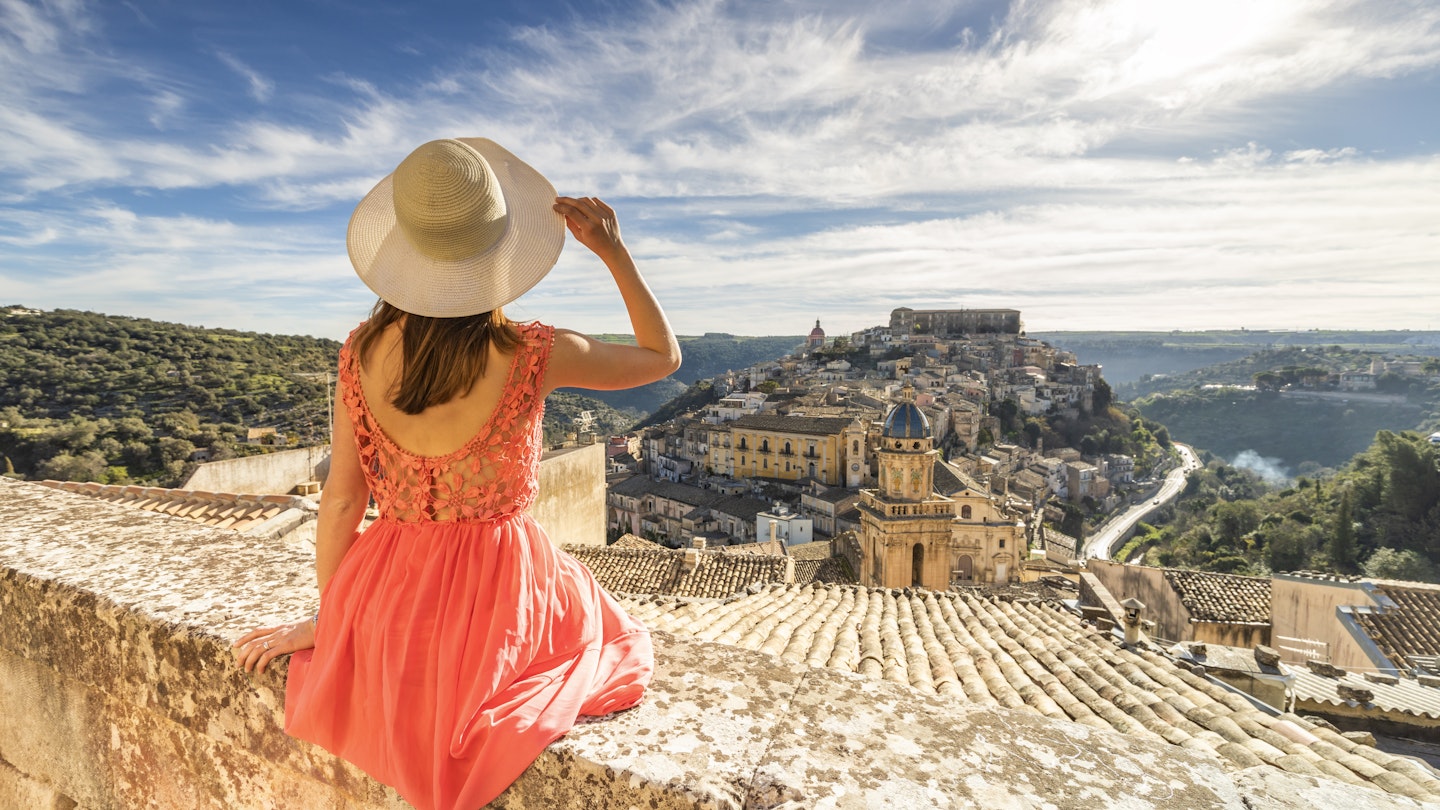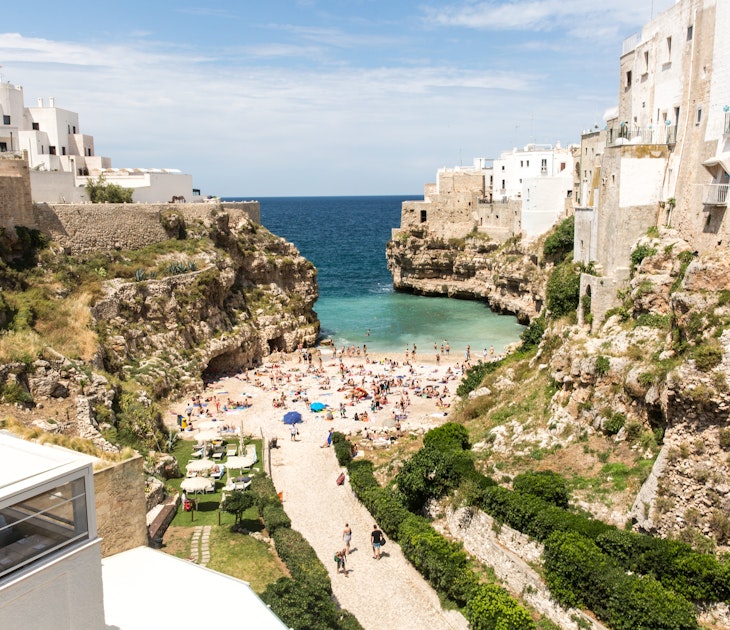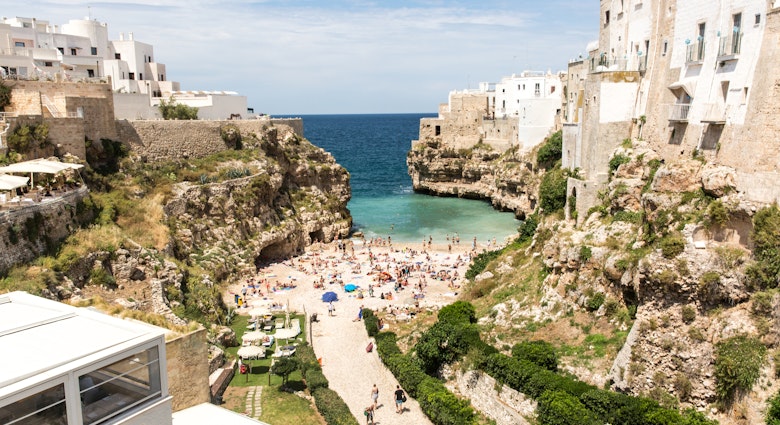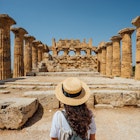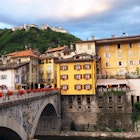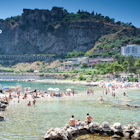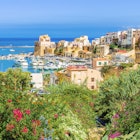As the largest island in the Mediterranean Sea, Sicily has long had a magnetic pull for both settlers and sightseers.
Separated from mainland Italy by the narrow Strait of Messina, the island is dotted with fine beaches and studded with historic stone townships and ancient ruins.
Humans settled this triangle of land as early as 12,000 BCE, and the island saw the rise of great Phoenician and Ancient Greek civilizations. Later, the island was ruled by Byzantines, Vandals, Ostrogoths, Normans and Arabic conquerors, all of whom contributed to the island's rich and unique culture. The Sicilian dialect still includes words from the languages of the peoples who conquered the island, including Arabic, Greek and Spanish.
Sicily enjoys a classic Mediterranean climate, with hot, sunny summers and mild winters with moderate rain. During the picture-perfect spring and summer, tourists flock to Sicily to swim, surf and sightsee, but the fall and winter are excellent seasons for enjoying the island's food, architecture and culture. Despite the delightfully mild weather, the summit of Mt Etna, Sicily's landmark volcano, is typically snowcapped from October through May.
Here are our picks for the best times to visit Italy's crown jewel of an island.
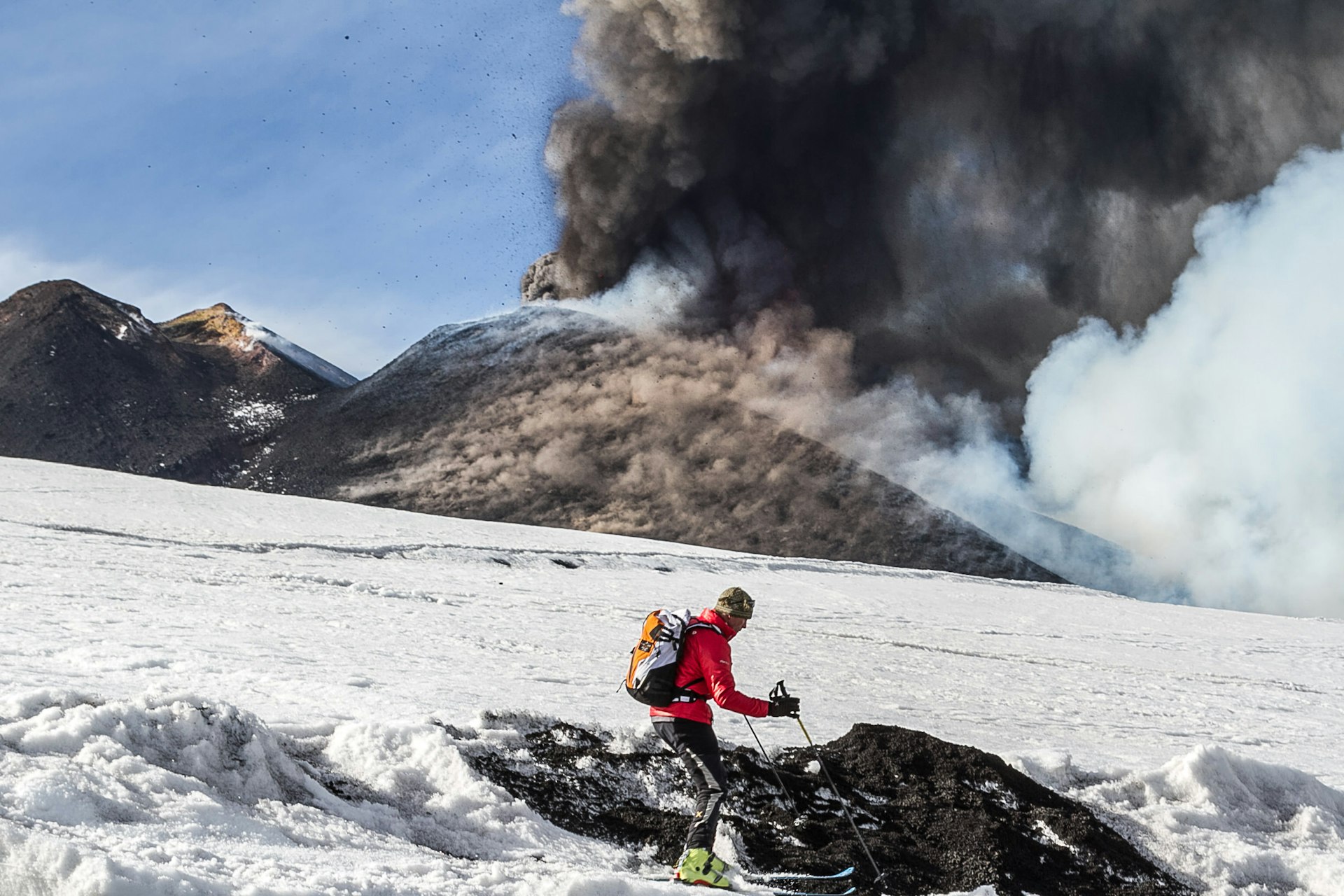
November to April are the best times for museums, palaces and skiing
The low season in Sicily, from November through April, brings reduced hotel rates and smaller crowds. The daytime temperature rarely drops much lower than 10°C (50°F) in coastal towns and villages, and it's too cold for swimming in the sea. Inland temperatures can dip below freezing, especially at night. Sicily's interior mountains, including Etna, enjoy heavy snowfalls during winter, creating good conditions for skiing. Hitting the slopes here is less expensive than in other Italian ski resort areas. You can even ski the slopes of Mount Etna while steam rises from the summit!
Cooler weather with grey days interrupted by a few days of sunshine makes the low season an excellent time to enjoy Sicily's museums and other indoor attractions, especially during rainy November and chilly December (pack layers and an umbrella). Visit Sicily's capital city, Palermo, and tour countless palaces and churches, like the gilded Cappella Palatina, and museums such as the Pinacoteca Villa Zito, which houses a collection of mainly Sicilian art spanning the 17th to 20th centuries.
By February, average temperatures start to creep upwards across the island, and rain begins to lessen. Later in the month, spring starts to show itself in Agrigento as the iconic almond trees burst into bloom, with the rest of the island seeing springtime a little later, in March. With temperatures becoming increasingly mild, less rain in the weather forecast, and wildflowers in bloom, March is a beautiful time to hike or bike Sicily's many hiking trails and cycling routes.
Towards the end of the low season, April offers plentiful sunshine and warmer temperatures – an ideal month to explore Sicily's many ancient temples and archaeological sites without the maddening crowds. The predominantly Roman Catholic island celebrates Holy Week, which typically falls during April, with religious re-enactments and processions featuring religious symbols and local saints.
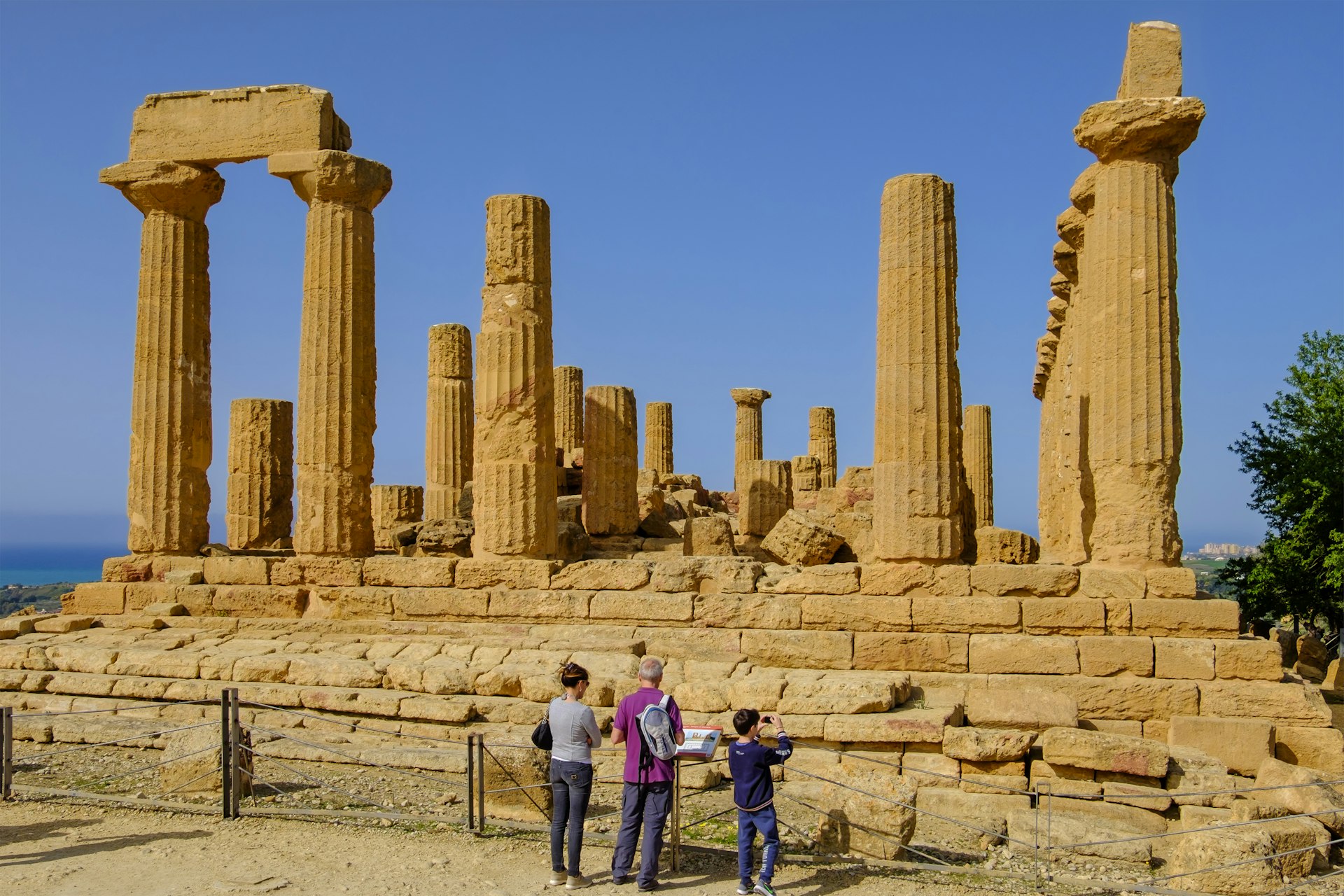
May to June and September to October are the best times for exploring
The late spring and early fall in Sicily see temperatures hovering around 20°C (68°F) to 25°C (77°F) – perfect for exploring Sicily's natural, architectural and cultural gems. Take advantage of the mild temperatures and sunshine and visit the incredible Valley of the Temples, the Ruins of Segesta, or the Parco Archeologico di Selinunte, Sicily's most significant archaeological sites.
This is good walking weather too. Stroll along the coast or climb to the tip-top of the island's most active volcano, Stromboli, and observe its fireworks. For an easier volcano adventure, ride the cable car to the top of Mt Etna. You can comfortably swim in the Mediterranean until mid-September, and the beaches are a lot less crowded.
There are several events of note happening in the shoulder season too. The two-month-long Greek Theater Festival kicks off in May in Syracuse, bringing Ancient Greek plays to the city's stunning ancient Teatro Greco. Don't miss the Taormina Film Fest, in the second week of June, with screenings in perhaps the most storied place to catch a flick in the world, Taormina's Greco-Roman amphitheater. In September, harvest season calls for sagre – festivals dedicated to local, seasonal ingredients. One of the most popular is the Pistachio Festival, which takes place in Sicily's pistachio capital, Bronte, just west of Taormina. Mushrooms abound on menus, and Castelbuono's Fungi Fest is a must-visit festival in October for mushroom lovers.
Visitor numbers are still fairly thin from May to June and September to October, so you can count on finding more affordable accommodations too.

July and August are the best times to hit the beach in Sicily
Summer in Sicily is all about the Mediterranean Sea. Visitors come in droves to hit the spiaggia (beach), soak up the sunshine and dive into the deep blue sea. Sicily is affected by Africa's currents, and summers can be sweltering: the sirocco, a strong wind straight from the Sahara, periodically brings an extra blast of heat and dust from the south. Late summer is the very peak of the tourism season, so expect higher hotel prices as well as higher temperatures. Also beware that many businesses shut down for an afternoon siesta from 1:30pm to 4:30pm, the hottest part of the day.
July is Sicily's most popular month for visitors thanks to hot, sunny weather and ideal sea temperatures. Though the average high is 30°C (86°F) across the island, delightful breezes off the Med make coastal towns a treat at this time of year.
Hotter still is August when daytime temperatures range between 30°C (75°F) and 35°C (87°F), but they can reach a sweltering 44°C (111°F). Expect teeming crowds everywhere on the coast as people stay close to the sea for refreshing dips. You'll find slightly lower temperatures inland, especially at night. Cool off with granita, a slushy, sippable summertime crushed-ice treat, often served with a warm brioche bun on the side. On August 14, the eve of Ferragosto (Assumption Day), locals light bonfires on the beaches and dance into the wee hours.

